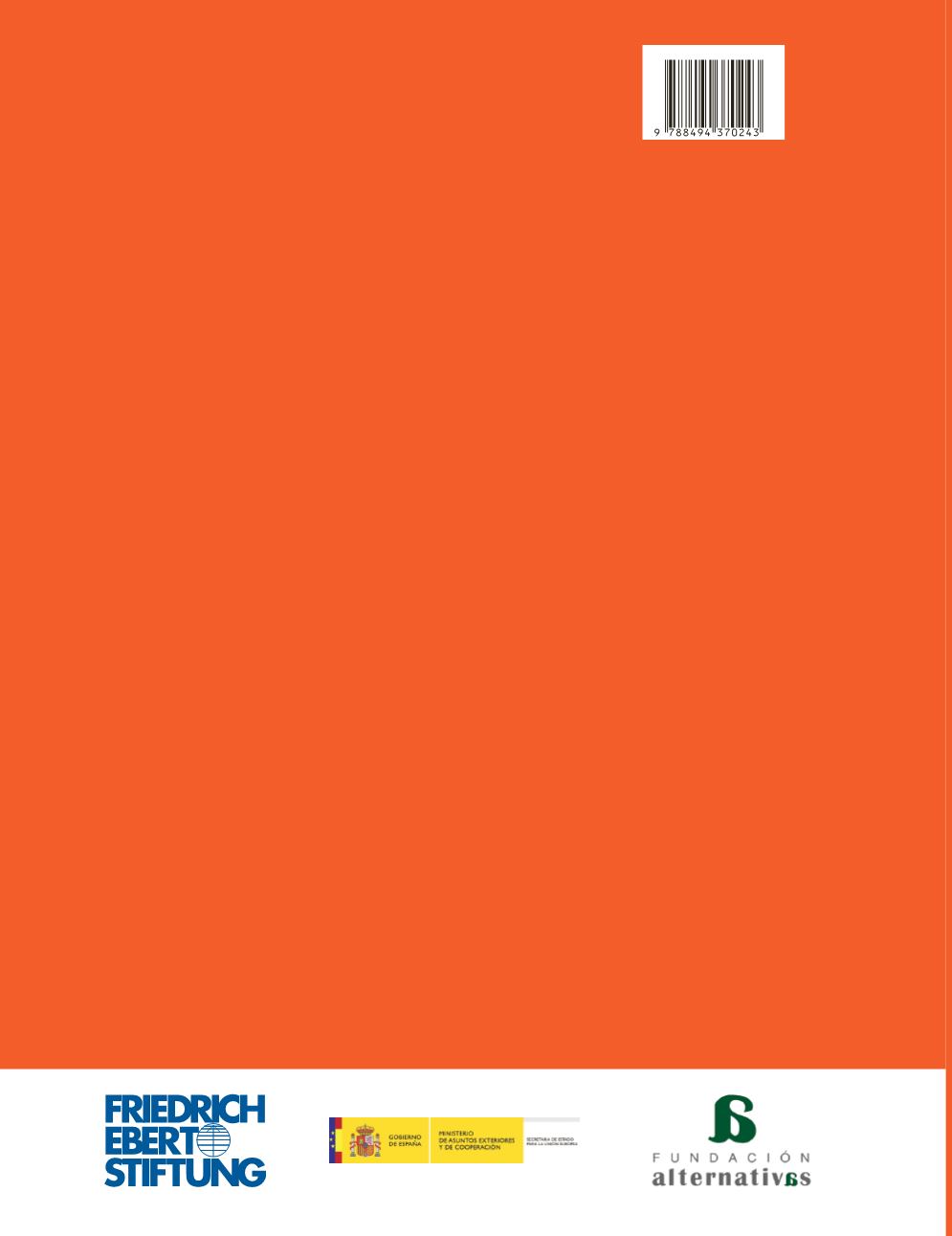

Seven years after the onset of the crisis, 2014 only confirmed the deep division in the
Western world when it came to how to tackle it. The mixed results in the Union and
in the United States are a clear sign that, more than ever, politics matters. In the Union,
the doctrine of the creditor countries continued to predominate (with increasing dif-
ficulty), unbending in the commitment to cutting public spending as the priority. In
the United States, another viewpoint prevailed: bolstering a recession-stricken econo-
my by means of fiscal and monetary stimuli for growth.
The figures we saw at the beginning of 2015 are irrefutable. The United States enjoys
virtually full employment. In Europe, however, joblessness still stands at around 11%,
that is to say, 24 million people are out of work.
The political response is the right one in the face of two major but different problems.
The first problem is the productive system’s difficulties in providing goods and services.
There is not enough manpower, among other reasons because the working popula-
tion, those who are seeking employment, plummeted in Europe between 2007 and
2014 and in the United States too.
The other major issue arising from the crisis –actually the quintessential European chal-
lenge– is the deterioration of the welfare state. It can be seen in salary devaluation,
precarious employment, inequality and poverty. It can also be seen in especially painful
effects on young people and children, with the resulting generation gap that divides
Europe.
The challenge facing the Union, then, is very clear. It must spend more on social and
labour rights, it has to invest much more in research, innovation and education and it
must raise more cash by broadening tax bases along progressive taxation lines.
This is surely the best way of ensuring that the incipient growth in Europe remains on
an upward trend and is capable of creating worthwhile employment.
The other challenges facing the EU, which are set out in the following report and its
recommendations, will only be met adequately under the umbrella of an economy
based firmly on production, jobs and demand.
THE STATE OF THE EUROPEAN UNION 2015
ISBN 978-84-943702-4-3

















